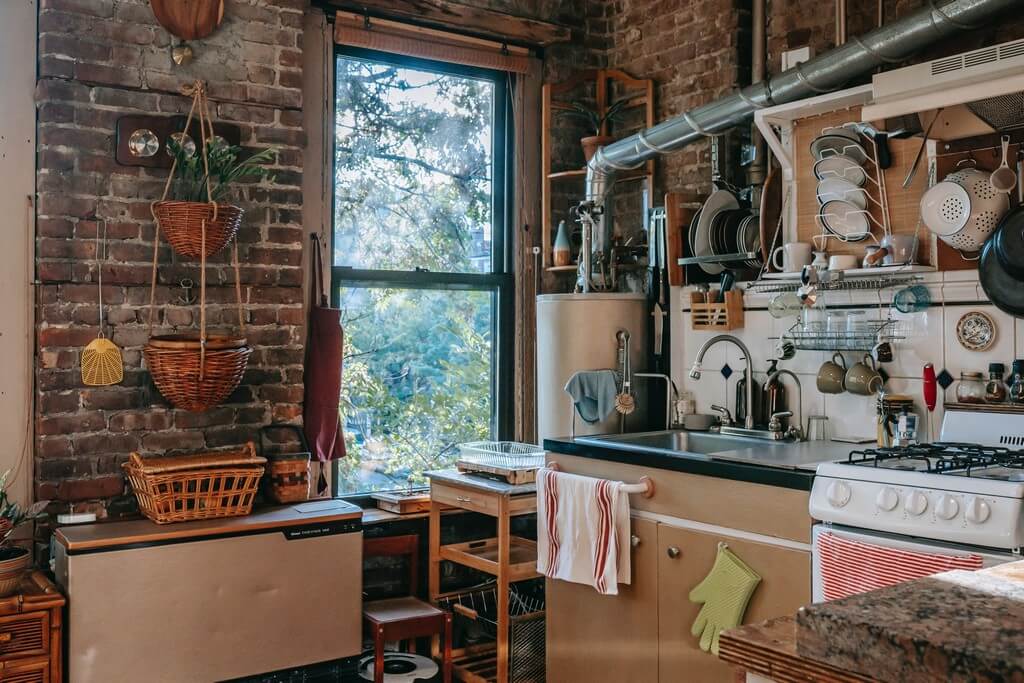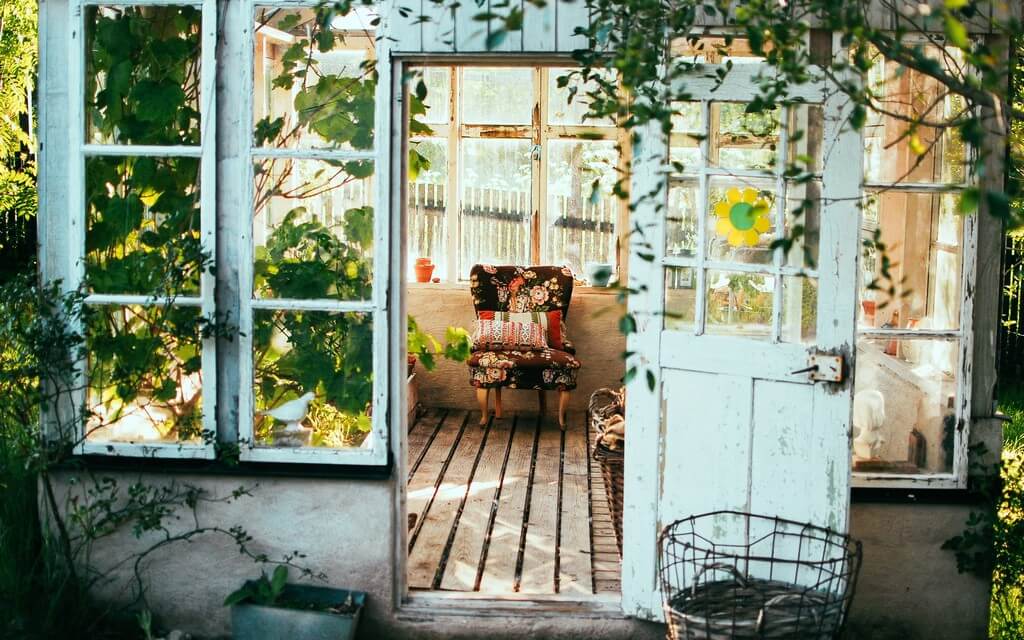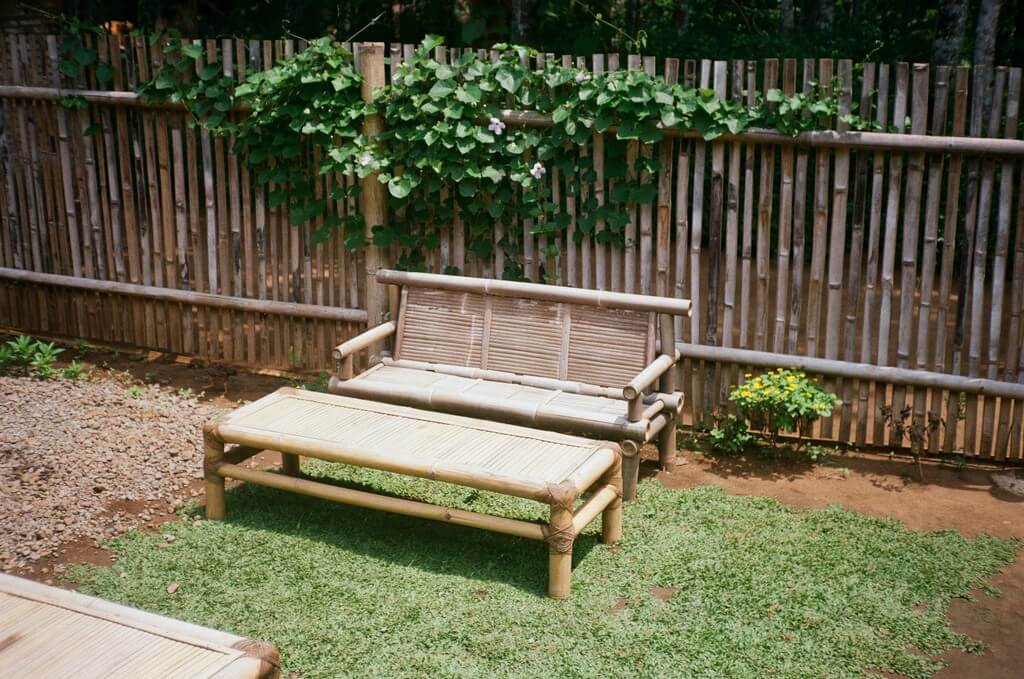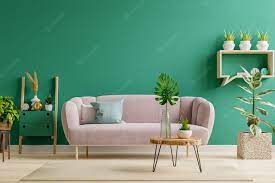Courtesy : www.jdinstitute.edu.in/
Green interior
Green interior design is the process of designing interiors that are environment-friendly and non-toxic enough not to cause any harm to the environment. Green interior design is the outcome of a series of sustainable practices taken right from the stage of constructing the building to its demolition.

Green interior design – A brief introduction
The term sustainable practices encompass energy usage, water use and reuse of recycled products in the process of interior design. Very often, the concept of green interior design is associated with sustainable architectural practices as well. Green interior design is a combination of green buildings and green interiors aimed at creating a functional, modern, aesthetically pleasing and environment-friendly home.

Green interior design – A brief introduction
If we take into account the life cycle of a building, it lasts up to 50 to 60 years from construction to demolition. During the span of 60 years, a building generates magnanimous tonnes of waste. The number of natural resources incorporated into creating the core of interior design is gigantic. This is also reflected in the tremendous amount of waste generated directly and indirectly in this process.
Green interior design on the other hand implements new technologies and innovative solutions to offer sustainable buildings and interiors that pose no threat to the environment. For instance, waterless urinals, using renewable resources like bamboo and paper to furnish the interiors. Bamboo furniture is a fitting example of green interiors.

Bamboo furniture is a fitting example of green interior designsustain
Interior designers in 2021 are always on the lookout for innovative sustainable solutions that prove to be beneficial to their professional ethics and the environment. Green interior design is the outcome of the work of such potential interior designers who break new grounds. JD Institute of Fashion Technology working under the realm of providing the best interior design education promotes green interior design and takes related initiatives to encourage aspiring interior designers to work on the same.



